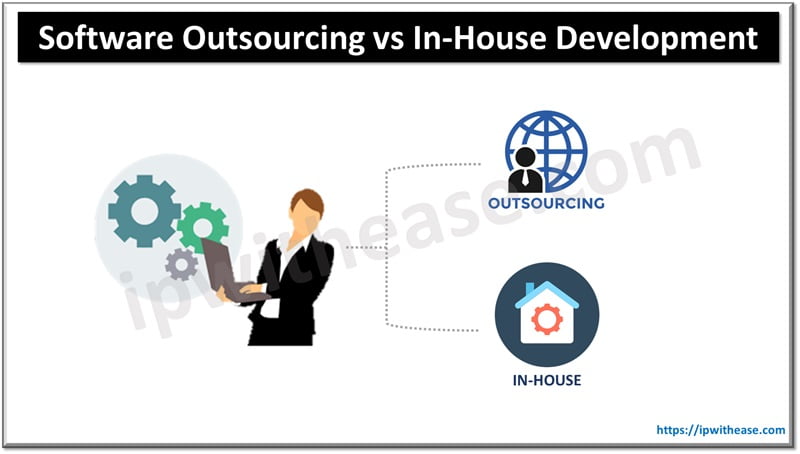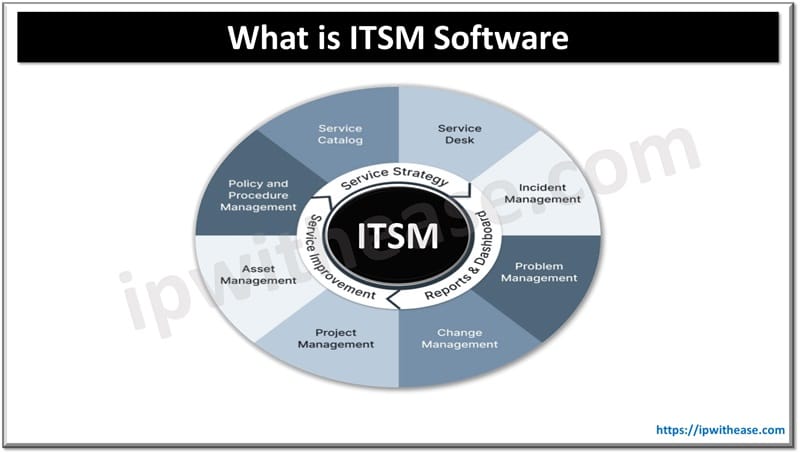Table of Contents
When deciding between software outsourcing and in-house development, companies need to consider various factors, each having its own set of advantages and disadvantages. Here’s a comparative analysis:

Software Outsourcing
Software outsourcing involves contracting out software development solutions tasks to external organizations or third-party vendors.
Benefits
- Cost Efficiency: Hiring a software outsourcing company can be more cost-effective, especially when contracting to countries with lower labor costs.
- Access to Expertise: Outsourcing gives access to a larger pool of specialized talent and experienced developers who may have specific skills not available in-house.
- Flexibility and Scalability: It offers flexibility to scale the team size up or down based on project requirements without the commitments of hiring full-time staff.
- Faster Time-to-Market: With experienced teams, established processes, and often round-the-clock development cycles due to time zone differences, outsourcing can accelerate project timelines.
- Focus on Core Business: Allows internal teams to focus on core business activities and strategic initiatives, rather than getting bogged down in development tasks.
Challenges
- Communication Barriers: Different time zones, languages, or cultures can pose communication barriers.
- Control and Quality: Less control over the development process and potential concerns about the quality of work.
- Security Risks: Sharing sensitive information with third parties can pose security and intellectual property risks.
- Dependency on Vendor: Relying on an external vendor can lead to dependencies and potential difficulties if the vendor fails to deliver as expected.
Related: What is the difference between Sandbox & Development Environment?
In-House Development
In-house software development refers to the practice of creating and maintaining software solutions using a company’s internal resources and employees. This involves building a dedicated team of developers, designers, testers, project managers, and other relevant roles within the organization to manage the entire software development lifecycle.
Benefits
- Full Control: Greater control over the development process, project management, and quality assurance.
- Direct Communication: Easier and more direct communication among team members, leading to potentially quicker decision-making and problem-solving.
- Alignment with Company Culture: In-house teams are more likely to align with the company’s culture, goals, and vision.
- Security and Confidentiality: Better control over sensitive information and intellectual property, reducing security risks.
Challenges
- Higher Costs: Recruiting, training, and retaining an in-house team can be more expensive, with higher costs for salaries, benefits, office space, and infrastructure.
- Resource Constraints: Limited access to specialized skills and expertise that might be required for specific projects.
- Scalability Issues: Scaling an in-house team quickly in response to project demands can be challenging.
- Time-Consuming Recruitment: Finding and hiring qualified developers can be a lengthy and resource-intensive process.
Comparison: Outsourcing vs In-house Software Development
| Aspect | Software Outsourcing | In-House Development |
| Cost | Cost-effective | Higher costs due to salaries, benefits, office space, equipment. |
| Expertise | Broad pool of specialized skills and experience. | Limited to the skills and experience of the in-house team. |
| Flexibility and Scalability | High | Less |
| Time-to-Market | Often faster | Potentially slower |
| Focus on Core Business | Allows internal teams to focus on strategic and core business activities. | Requires significant internal resources and attention. |
| Control | Less direct control | Full control |
| Communication | Possible barriers | Easier and more direct |
| Security and Confidentiality | Higher risk | Better control over security |
| Dependency | Dependency on vendor | Self-reliant |
| Recruitment and Training | No need | Time-consuming and resource-intensive |
| Innovation | Innovative ideas from diverse vendors. | Innovation depends on the existing team |
| Long-Term Engagement | Suitable for short-term projects | Suitable for long-term projects |
Key Considerations for Decision-Making
- Project Complexity and Requirements: Assess the complexity of the project and the specific skills required. Specialized projects may benefit from the expertise available through outsourcing.
- Budget: Evaluate the cost implications of both options. Outsourcing can be more budget-friendly, while in-house development may offer better long-term value for ongoing projects.
- Timeline: Consider project deadlines. Outsourcing can often expedite time-to-market, while in-house teams may have longer ramp-up times.
- Control and Quality Assurance: Determine the level of control and quality oversight needed. In-house development offers more direct control, whereas outsourcing requires robust management and communication practices.
- Security and Confidentiality: Assess the sensitivity of the project and the importance of maintaining strict security and confidentiality measures.
Choosing between software outsourcing and in-house development depends on the specific needs, priorities, and constraints of the organization. Many companies opt for a hybrid approach, combining both strategies to leverage the benefits of each.
ABOUT THE AUTHOR

You can learn more about her on her linkedin profile – Rashmi Bhardwaj



